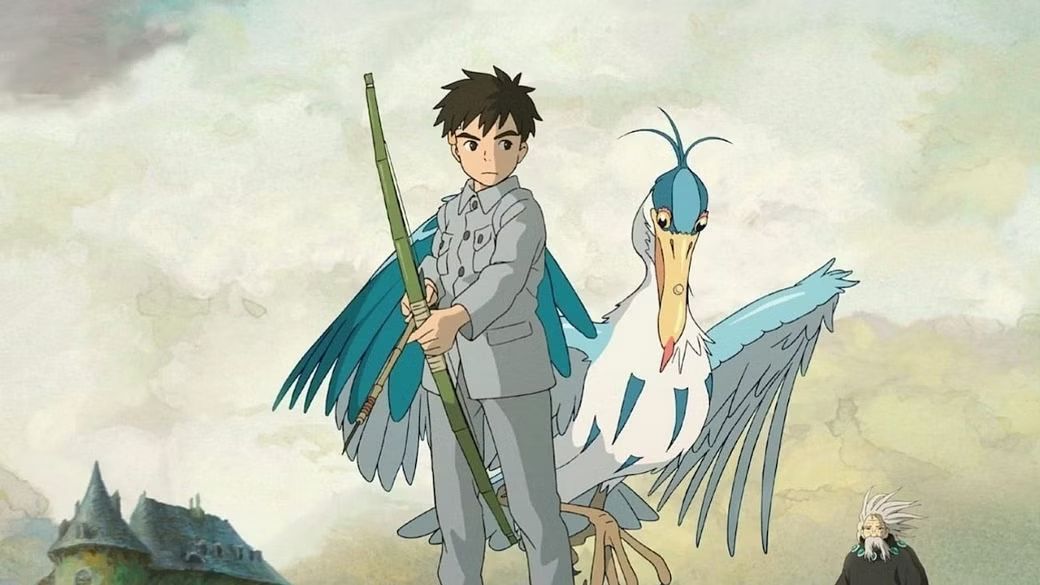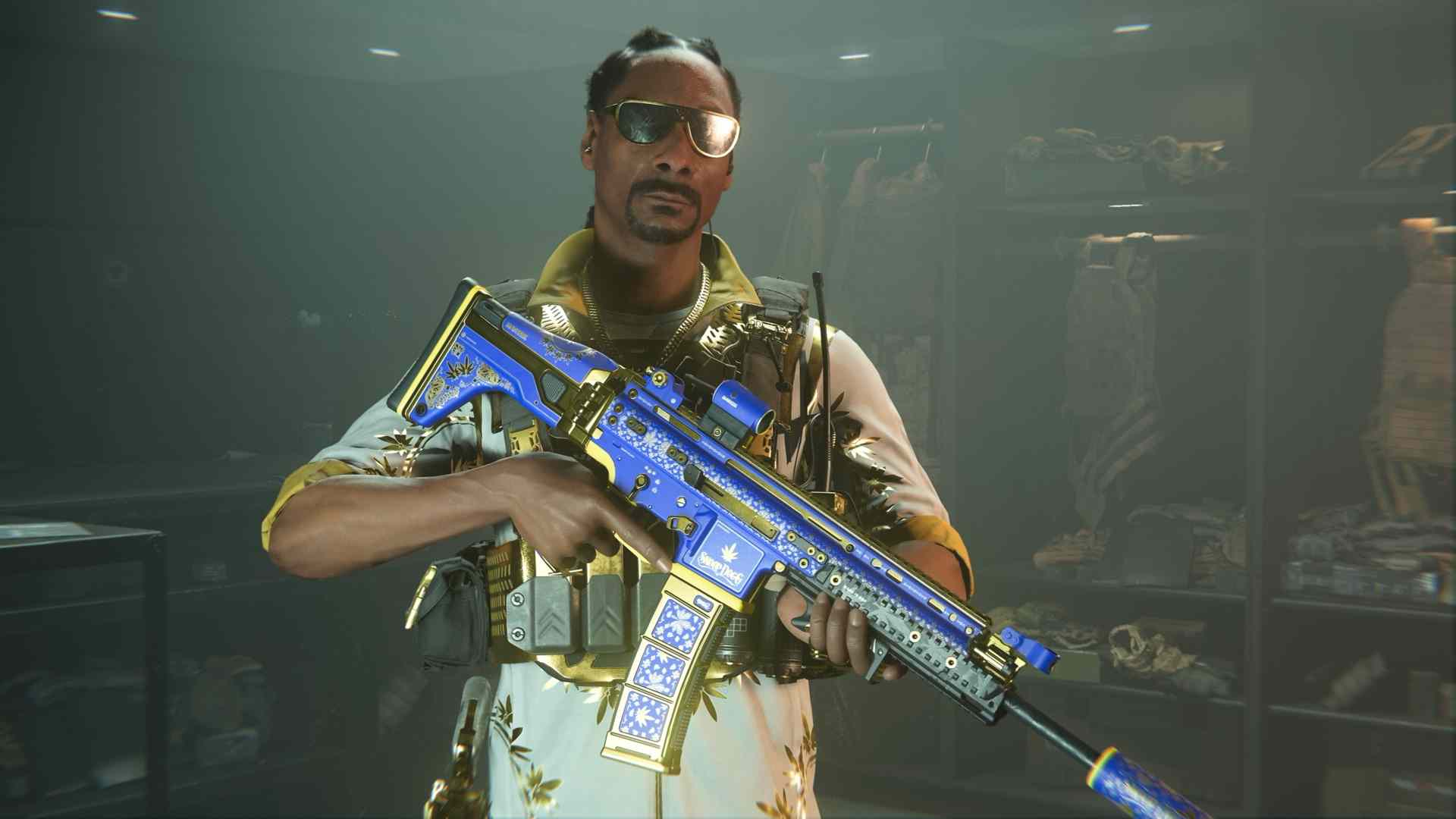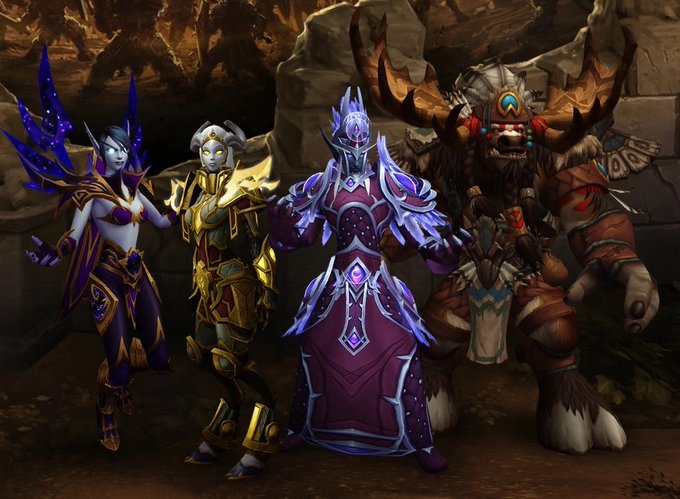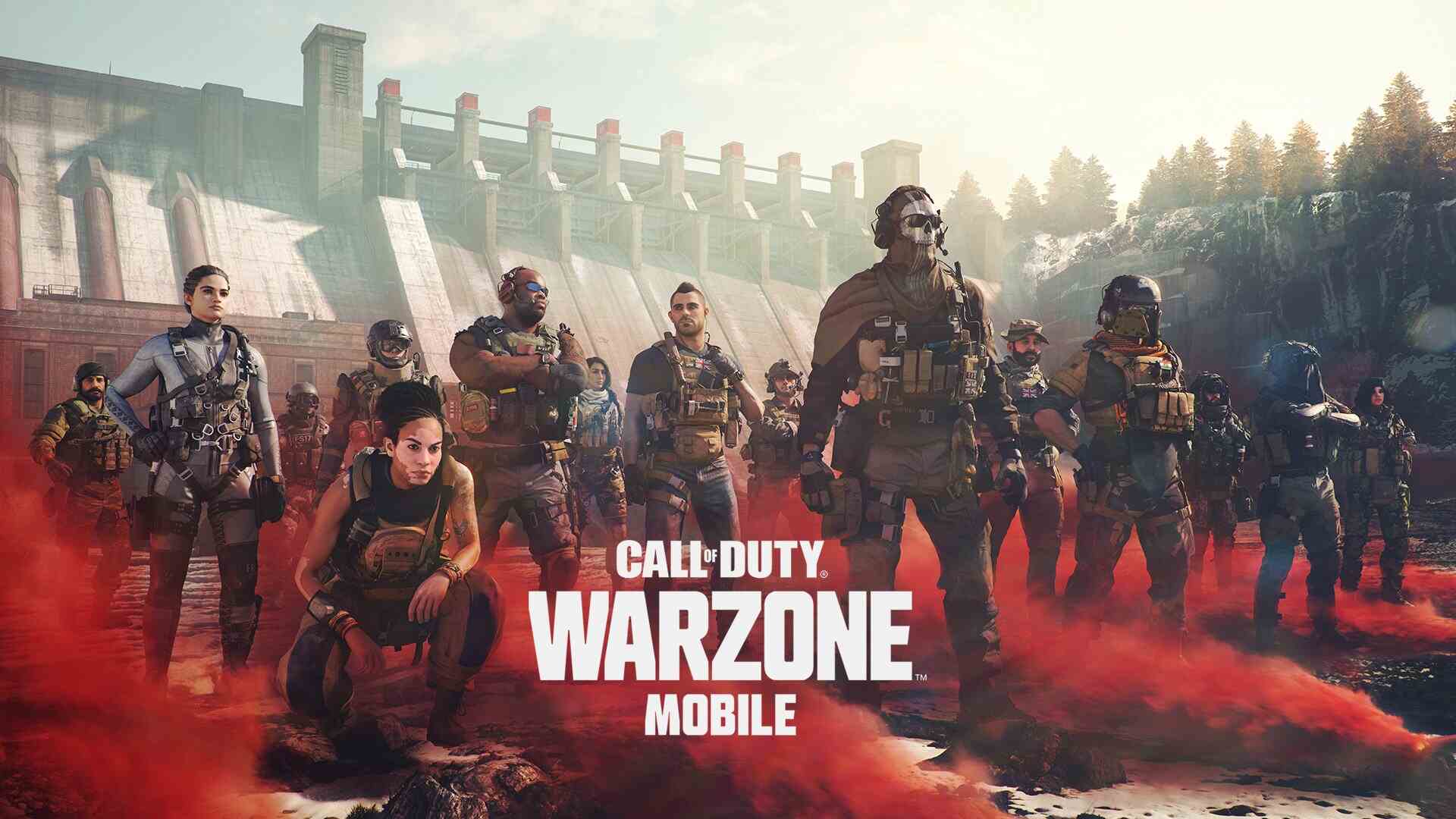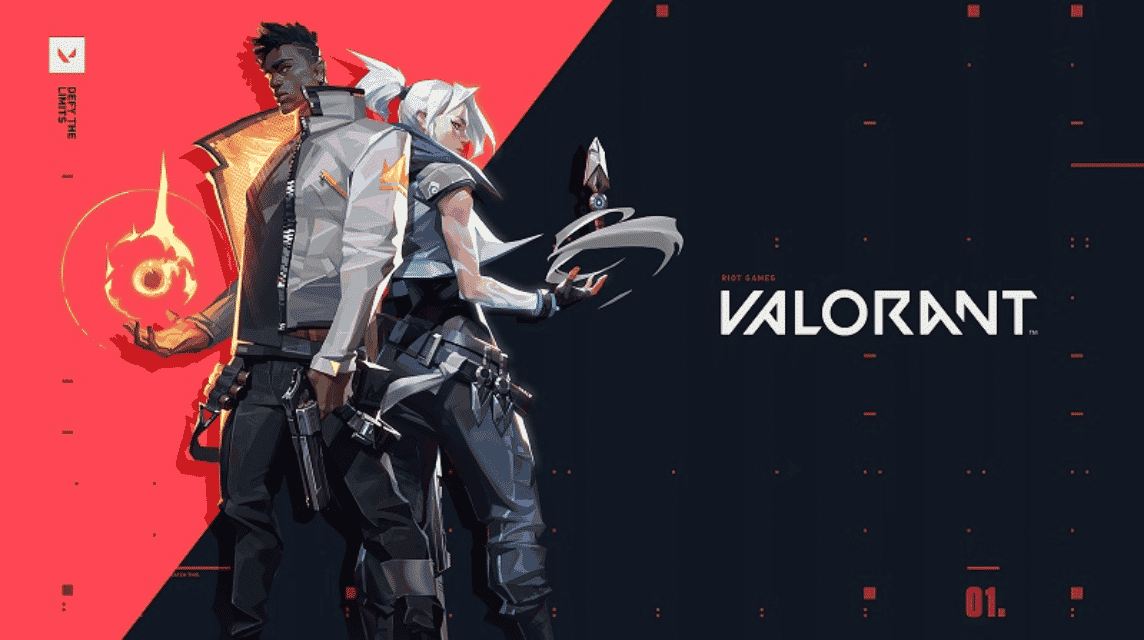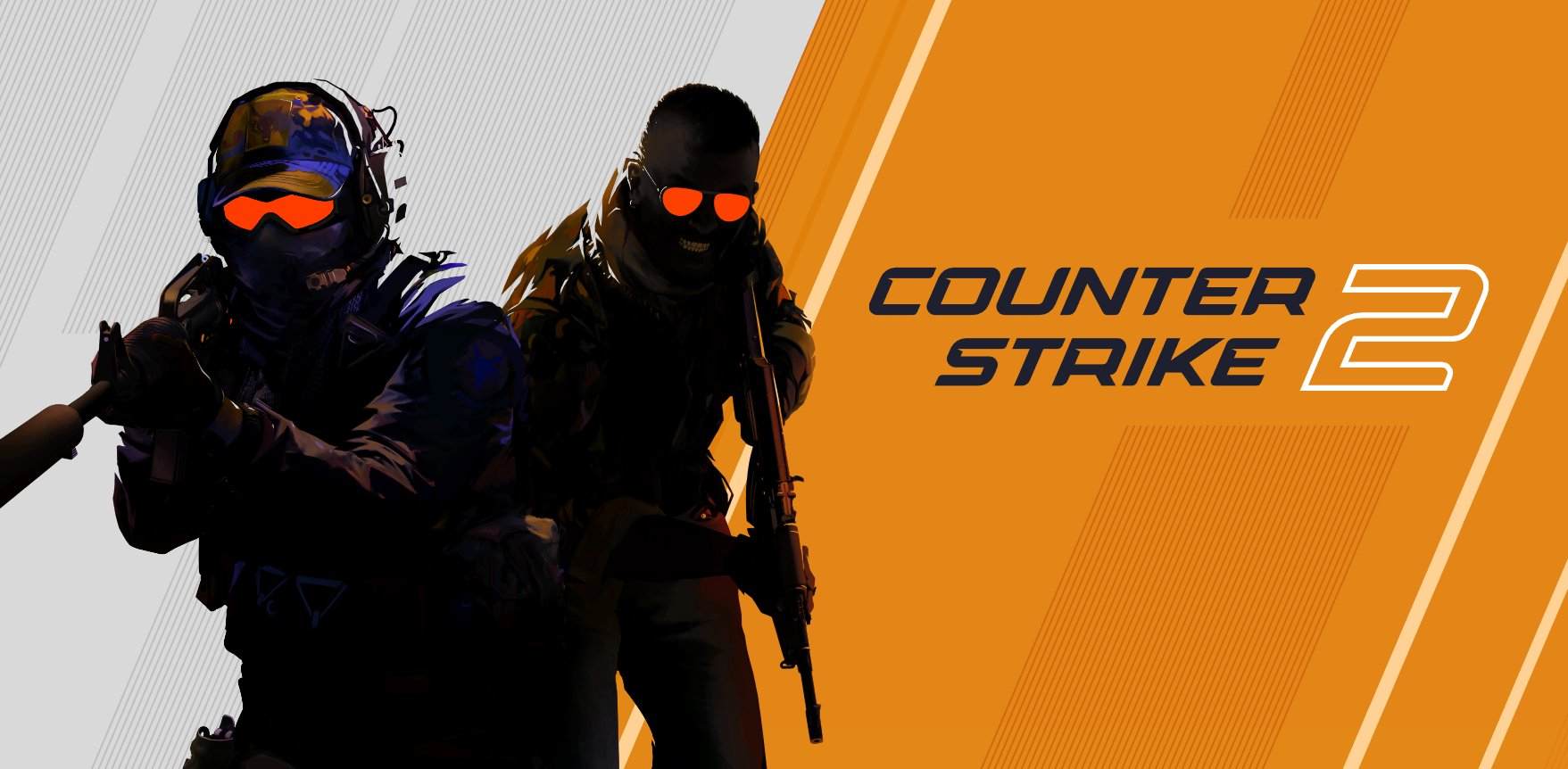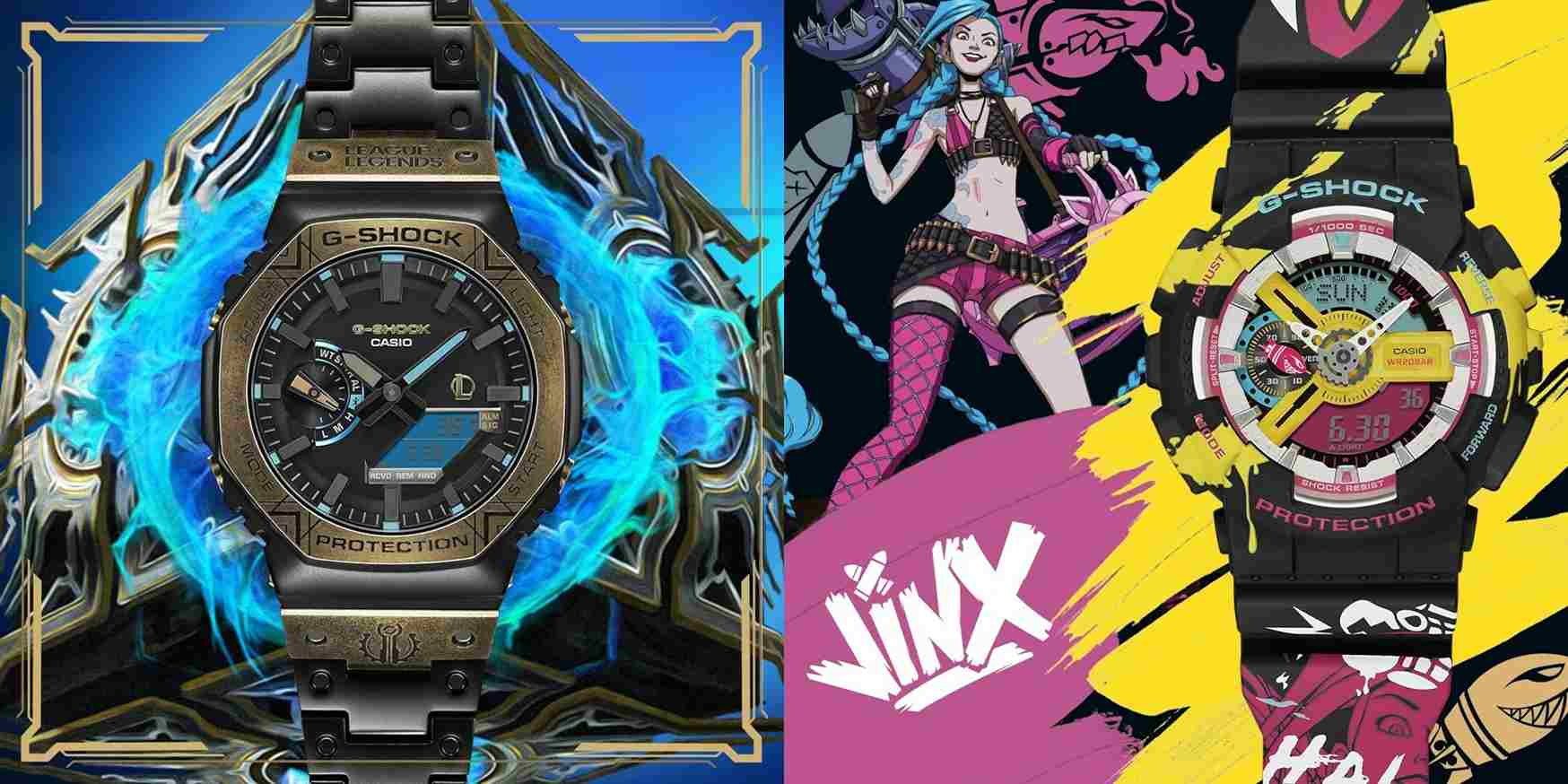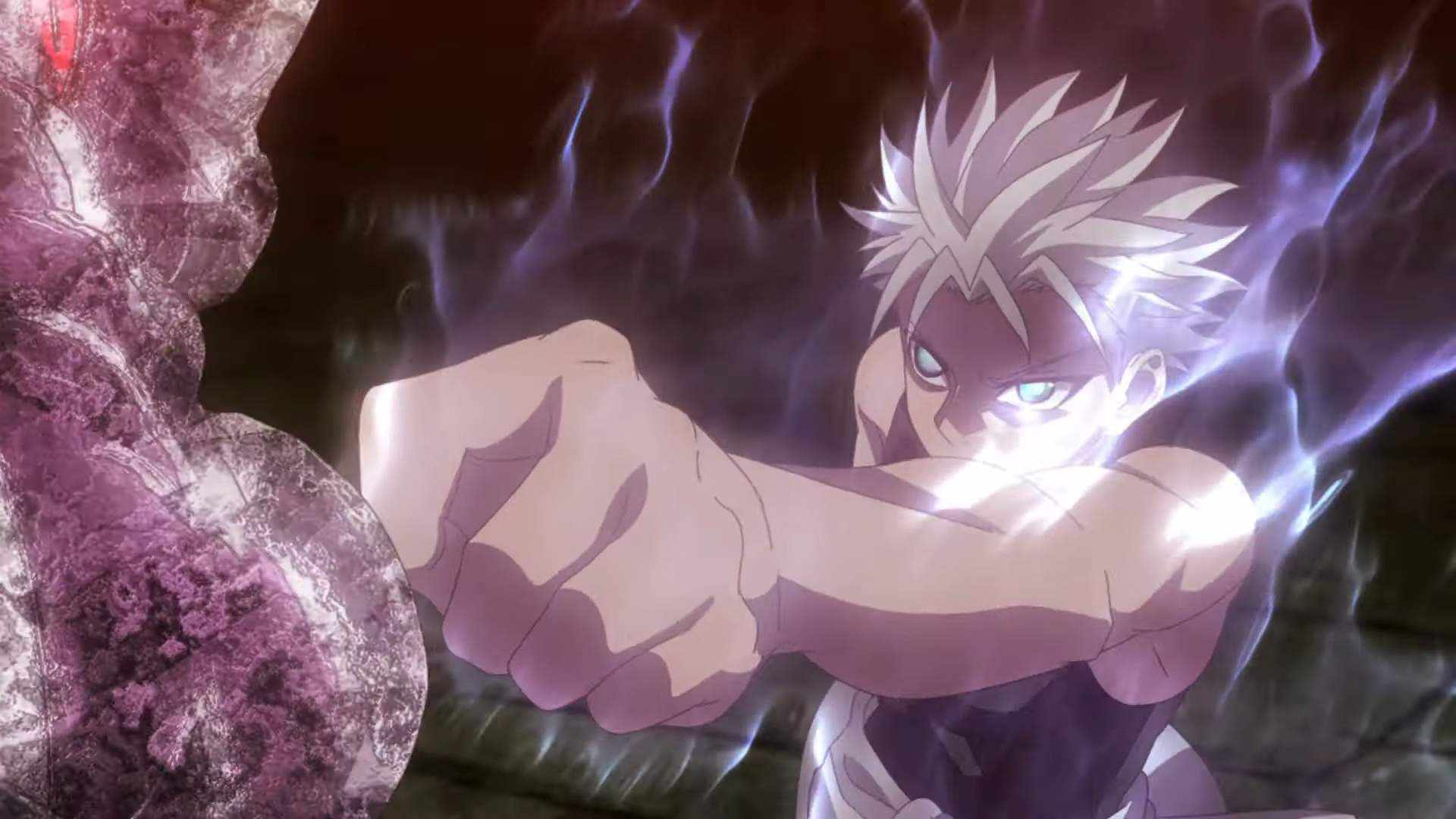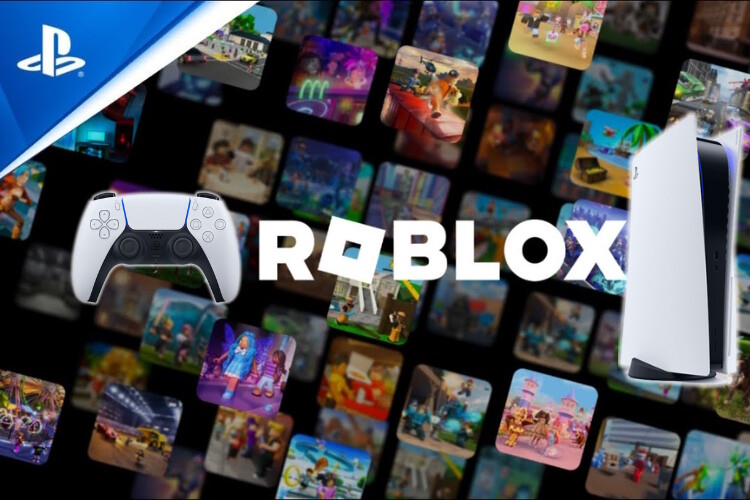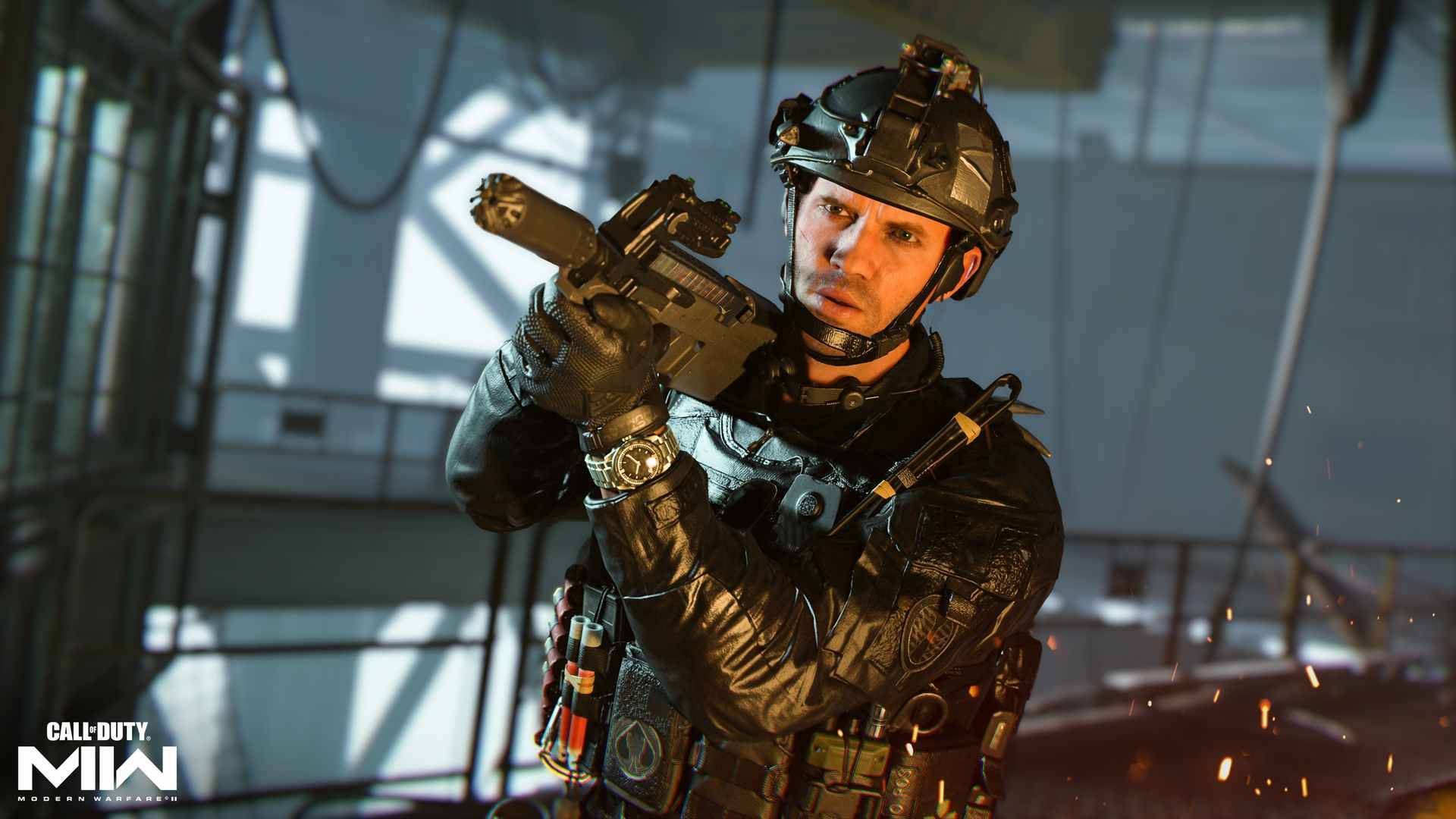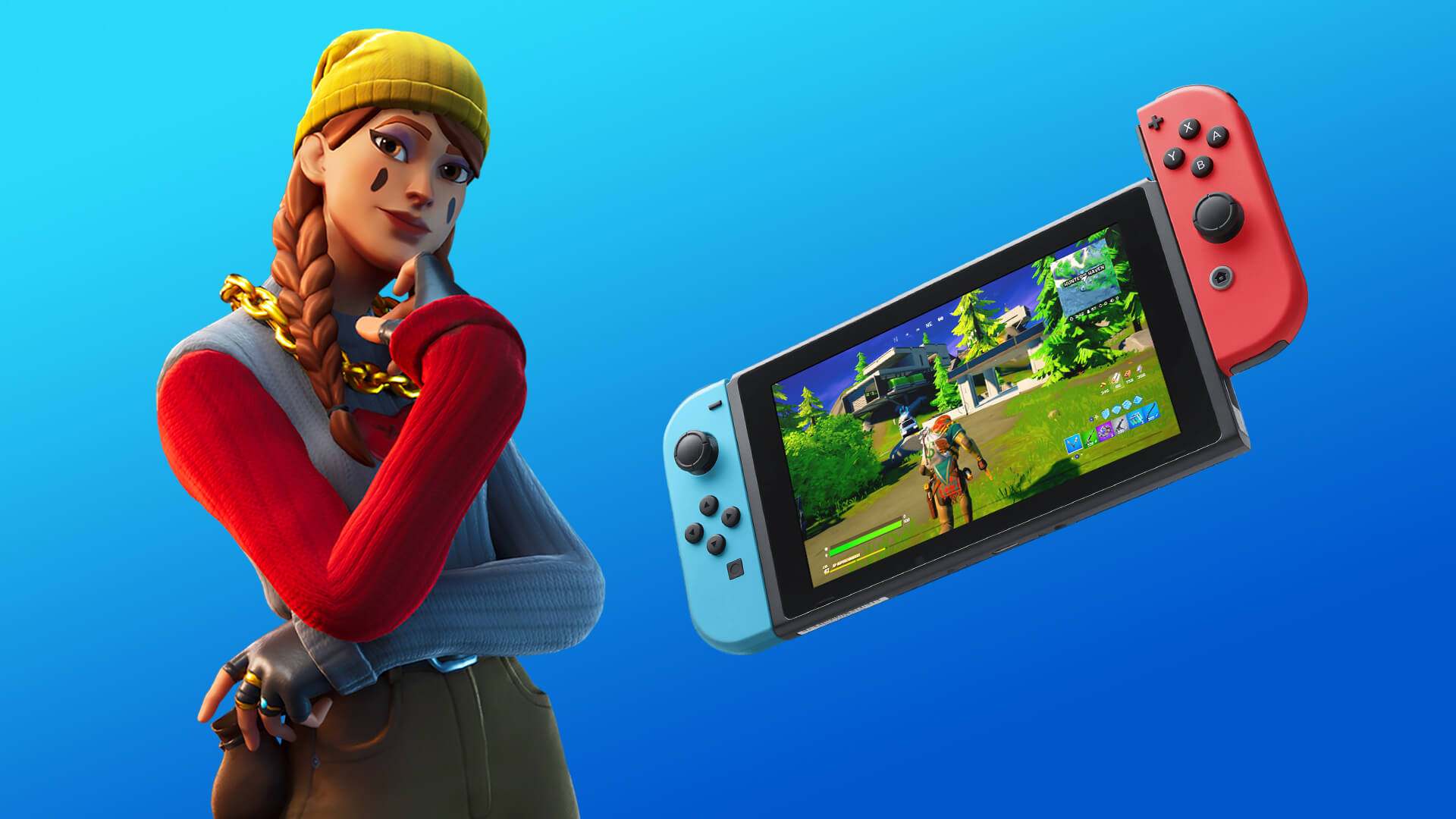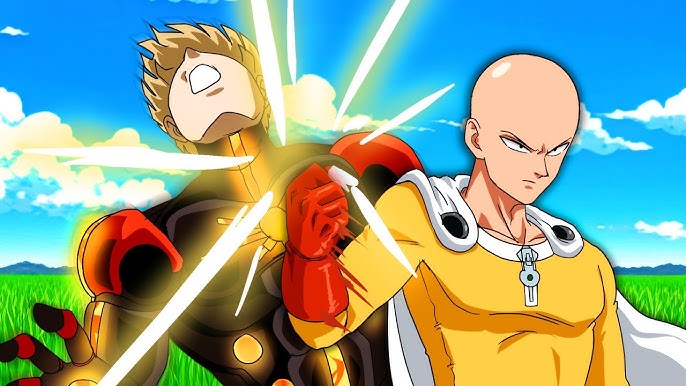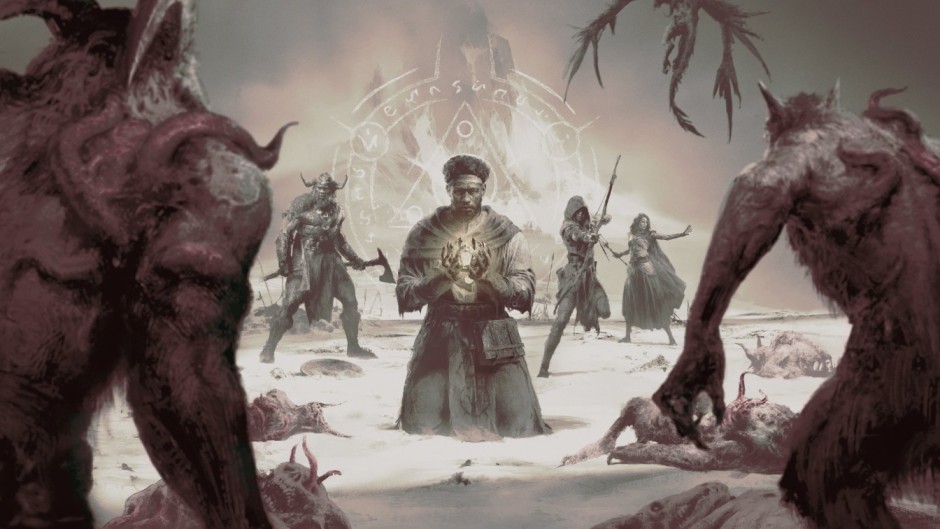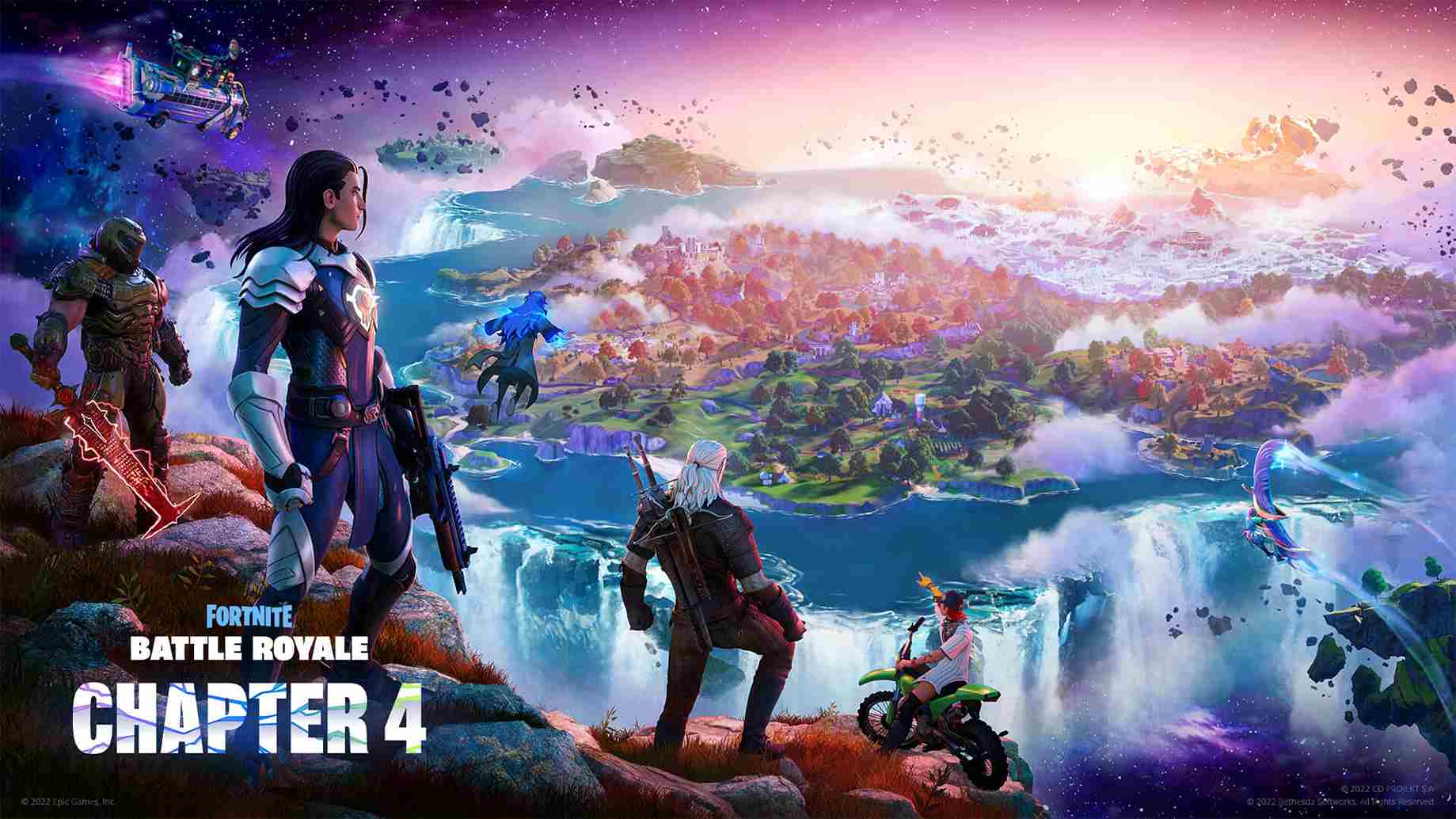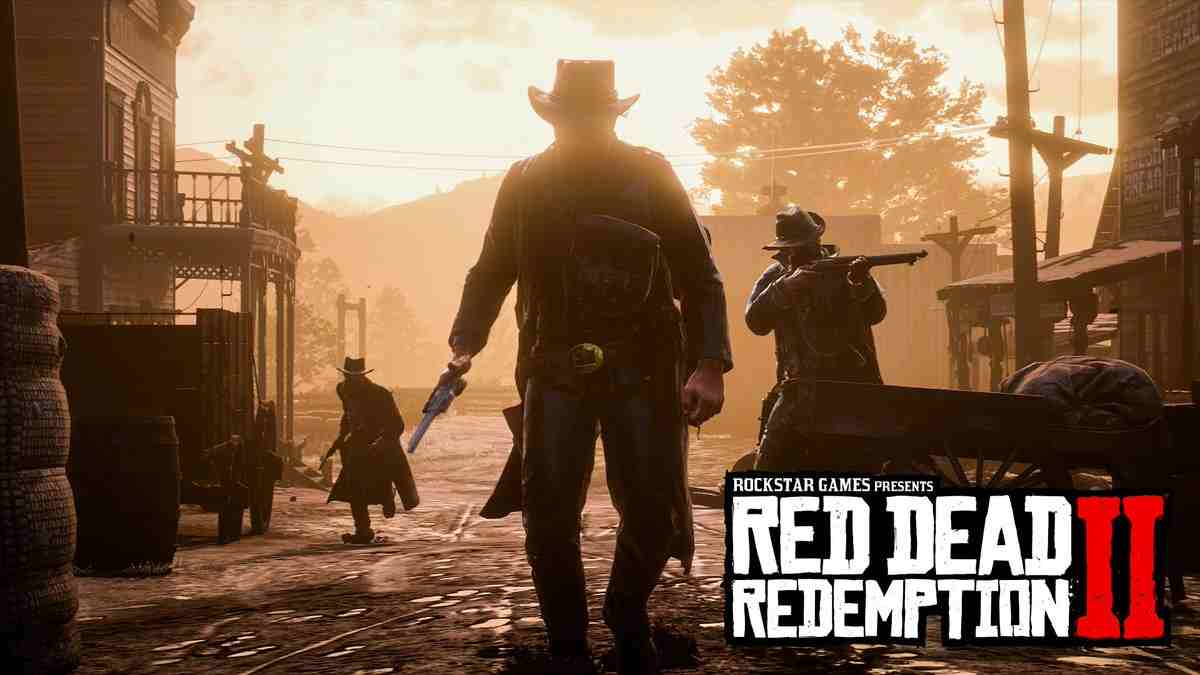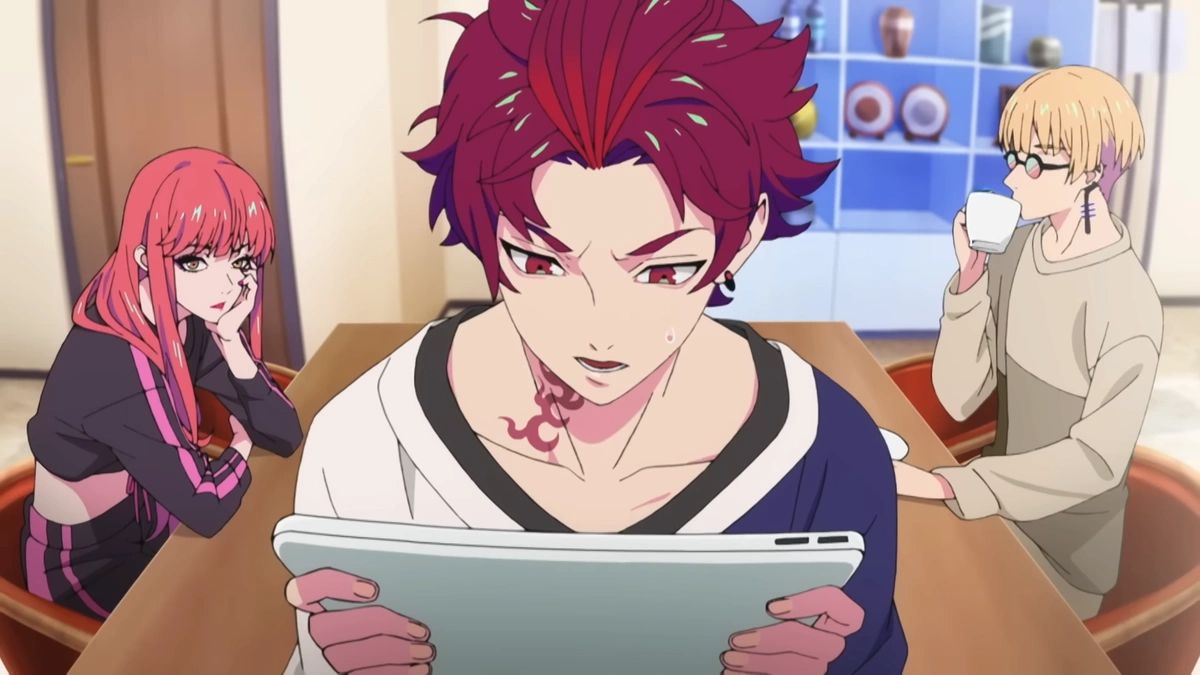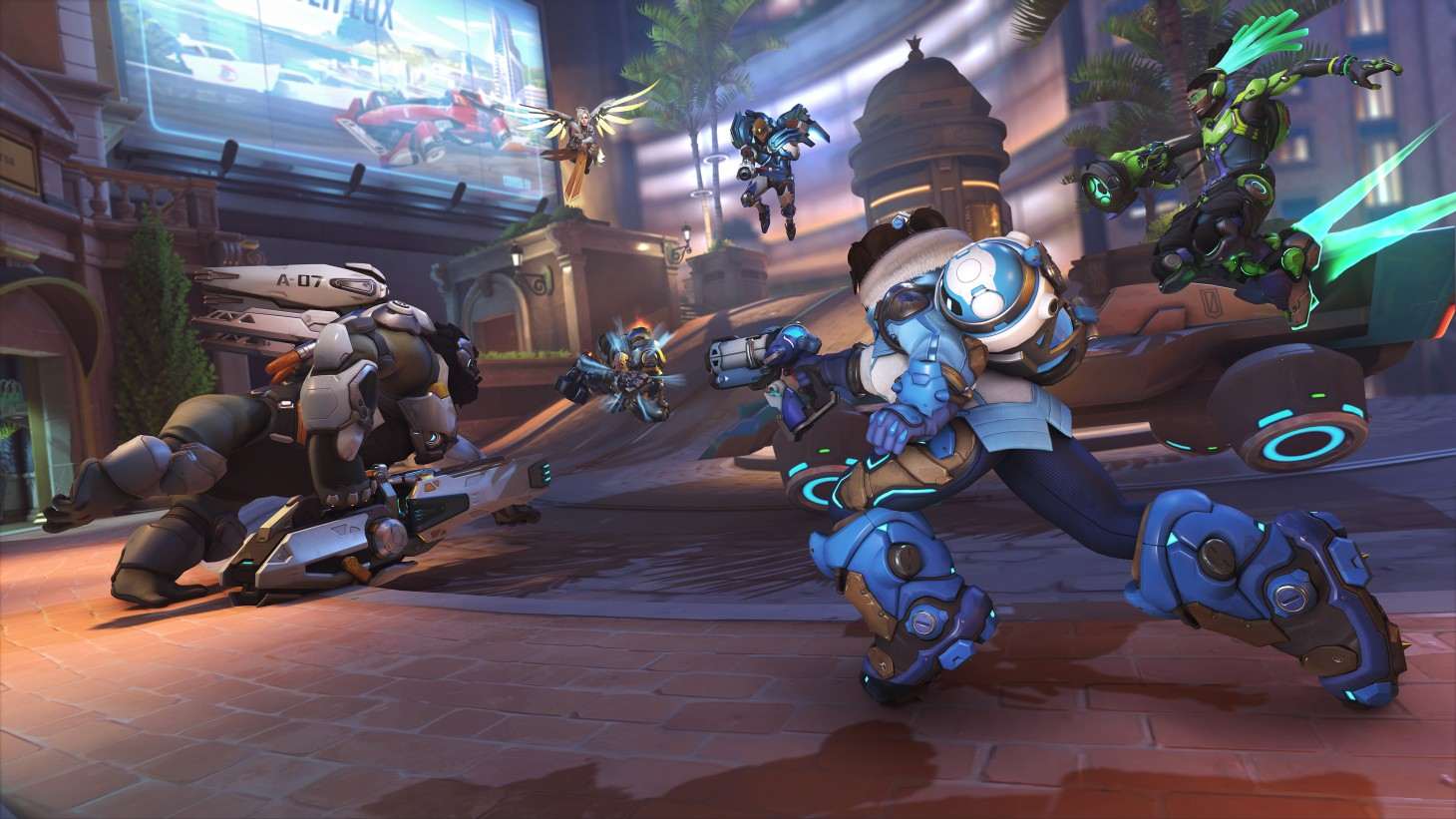THIS Colombian Artist Gets Slammed Over Lying About Working On ‘The Boy And The Heron’
Colombian artist Geraldine Fernández is causing quite the stir on social media by spinning a yarn about teaming up with the legendary filmmaker Hayao Miyazaki on Studio Ghibli’s hit film, The Boy and the Heron. Her fibbing not only has folks questioning the truth behind her story but also throwing shade on the legacy of the beloved animation studio.
False Claims Emerge Amidst Golden Globe Win
The buzz around Fernández’s supposed collaboration with Miyazaki took off after The Boy and the Heron bagged the Best Animated Feature Film award at the 2023 Golden Globes. Cartoon Brew spilled the tea first, uncovering her questionable claims and how she had the Spanish media eating out of her hand, thinking she played a pivotal role in the film.
Fernández, a graphic designer over at Colombian glass production company Tecnoglass, wove a tale putting her smack in the middle of Studio Ghibli’s creative whirlwind. From animation wizardry to a direct line to Miyazaki, she claimed it all. However, the party vibes surrounding her story quickly fizzled out when fact-checkers found zilch about her involvement in any part of The Boy and the Heron.
Fabricating Studio Ghibli’s Legacy
Studio Ghibli, known for its enchanting animated classics, holds a special place in the hearts of fans worldwide. The Boy and the Heron, celebrated as a masterpiece, now finds itself tangled in false claims that threaten to smudge the studio’s stellar reputation. Fans, accustomed to Ghibli’s meticulous craftsmanship and collaborative spirit, weren’t having it, labeling Fernández’s story as a “false account” sullying the studio’s history.
If Fernández’s tall tales were legit, it could have been a juicy addition to Studio Ghibli’s rich history. Alas, the absence of her name in the film’s credits, confirmed by American Studio Ghibli distributor GKIDS, shattered any illusions about her story.
Unraveling the Deception
Fernández’s claims spread like wildfire across various media outlets, with El Heraldo and El Tiempo amplifying her tale. In these interviews, she boasted about drawing over 25,000 frames and kickstarting the first 15 minutes of the film. She even claimed a personal thank-you letter from Miyazaki, adding a touch of legitimacy to her account.
However, readers began to side-eye her story after the Jan. 14, 2023 El Heraldo interview. No name in the credits? Cue an investigation, leading to a chat with Twitch streamer and journalist Pablo González. González not only grilled Fernández on her claims but also unearthed her deleted online portfolio, featuring art swiped from other artists, making folks question the truth of her entire narrative.
Public Apology and Retraction
In the face of mounting skepticism and undeniable proof of deception, Fernández found herself in the hot seat. On Jan. 16, during a chat with Blu Radio, she spilled the tea, admitting to exaggerating her contributions. The claim of soloing 25,000 frames was now a team effort, with Fernández throwing in 200 frames. She fessed up to spreading misinformation to friends, expressing remorse for her actions.
In a bid to patch up her reputation, Fernández supposedly reached out to Studio Ghibli to prove her involvement in The Boy and the Heron. But with her social media vanishing act—accounts, website, and portfolio all gone—the damage to her credibility was crystal clear.
Film Release Amidst Controversy
Despite the drama, The Boy and the Heron is still set to hit screens in Colombia on Jan. 25. While the film isn’t available for streaming, it continues its run in theaters across the United States. Fans of Studio Ghibli find themselves in a state of shock, realizing what could’ve been an amazing collaboration turned out to be a tale of deceit.
As the controversy keeps unfolding, the animation community eagerly awaits Studio Ghibli’s response to this unexpected mess. Fernández’s false claims not only harm her own rep but also raise questions about media outlets’ responsibility in fact-checking before serving up stories to the public.
In conclusion, Fernández’s fibs remind us how crucial authenticity is in storytelling, shedding light on the potential consequences of misinformation in the animation world.
